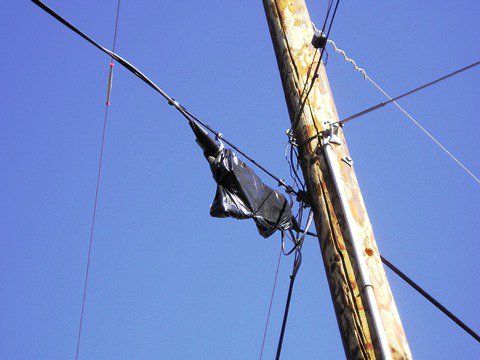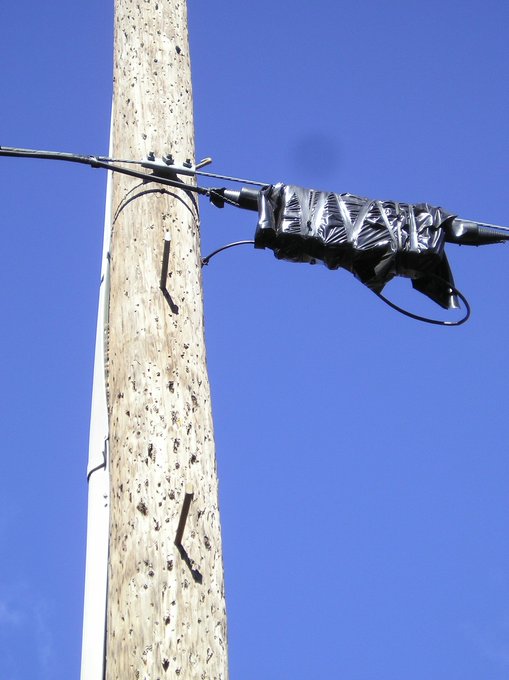The funding is authorized by 2021 California legislation allocating federal funding appropriated by the federal American Rescue Plan Act (ARPA). Similar to the federal Broadband Equity, Access and Deployment (BEAD) program funded under the Infrastructure Investment and Jobs Act (IIJA) of 2021, eligibility is limited to “unserved” areas for which no landline service is offered to “an entire community” of at least 25 Mbps downstream and 3 Mbps upstream. The FFA program rules also take into consideration whether proposed projects would target areas prioritized by the CPUC based on demographic and digital equity information and analysis of the number of low-income households, median household income, disadvantaged community status, and digital equity.
“After careful review of the limited information available in FFA project summaries, it is abundantly clear that incumbent ISPs, particularly AT&T, have manipulated the grant process to secure funding for projects that are inconsistent with FFA goals and are attempting to prevent potential competitors from receiving FFA funds,” the letter states.Like the Golden State Connect Authority (GSCA), a joint powers authority of 40 counties authorized by the 2021 California legislation to build open access fiber to the premise distribution infrastructure, the groups allege the large number of projects proposed by AT&T calls into question has the financial, technical, or operational capacity to complete all the proposed projects within the timeframe required by program. The GSCA filed objections to 50 proposed AT&T projects.
Every AT&T application advocates reviewed includes a map of a large potential project area with tens, and in some cases dozens, of very small and widely geographically dispersed (sometimes 50 miles or more in largely urban and suburban areas) extremely small service areas. These very small service areas form no coherent whole, and in most cases, these extremely small service areas border or overlap with similarly extremely small service areas inexplicably included in separate AT&T applications. Broadly, this approach is ‘cherry picking,’ wherein a provider delineates a sizable boundary but proposes to serve a small fraction of households within it. This approach also makes collaboration or coordination with local interests impossible.”
Notably, Jeff Luong, AT&T’s vice president of network engineering, reportedly said at the recent Fierce Telecom U.S. Broadband Summit that even with AT&T spending about $20 billion per year on infrastructure, “we cannot build out in all the areas we deem as economical.”
The groups expressed concern that AT&T may be gaming the program rules with the numerous small projects in hopes of winning quick approval of each and then rejecting grant funding in order to delay or exclude other applicants from receiving grants.
“We wish to emphasize that it is standard industry practice for providers to claim that they intend to deploy infrastructure in specific areas (thereby preventing other entities from receiving state or federal funding to deploy infrastructure) but never actually do,” the groups wrote.
A potential point of contention suggested by the groups but not explicitly stated in their letter is since FFA program rules limit grant funding eligibility to “an entire (unserved) community,” the disparate proposed AT&T projects cannot reasonably be construed to be serving an “entire community.” The term is not specifically defined in the rules. In a footnote, the rules suggest the CPUC reserves broad discretion to make that determination using “data from a variety of services, including broadband deployment data, subscriber data, crowdsourced data, service quality data, and qualitative data.”



